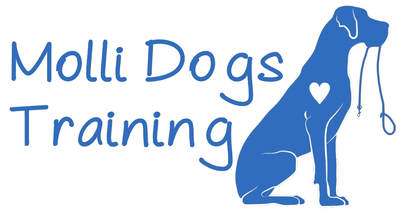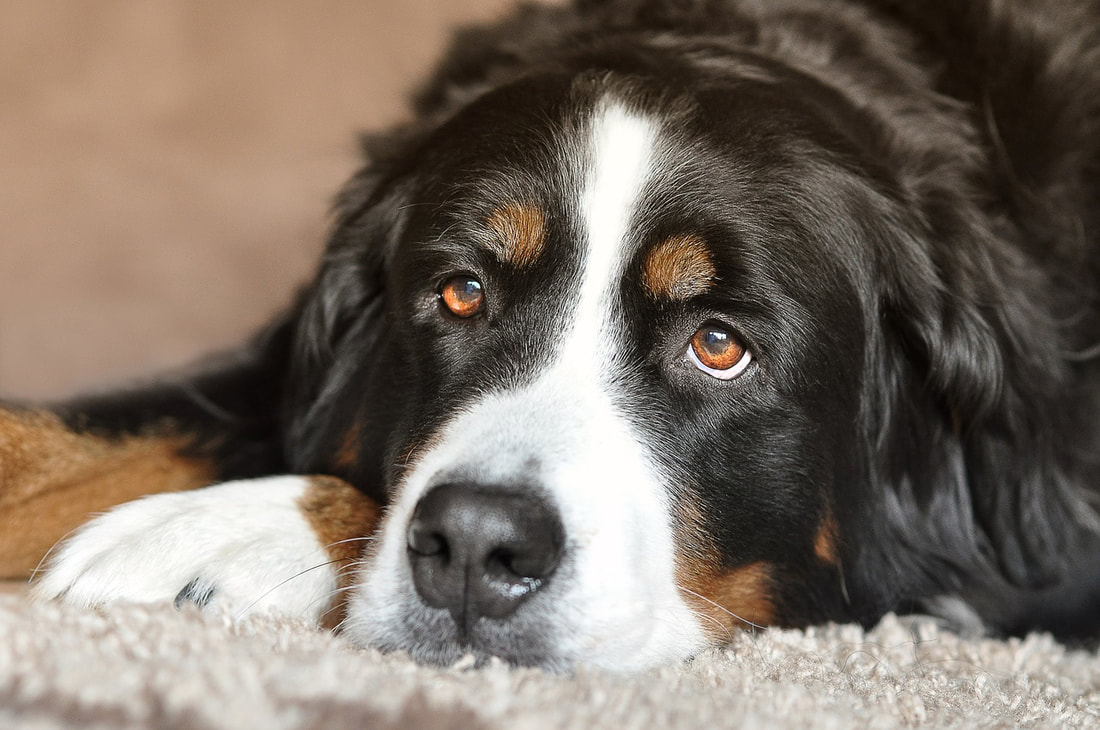A Guest Post by Cindy Aldridge
For many dog owners, considerations regarding the purchase of a new home are strictly relegated to humans. Whether your dog is small or average sized, they simply will learn to adapt to their surroundings regardless of which style of home you choose.
Photo via Pixabay
However, owners of large dog breeds know that their pup must be considered before settling on your home of the future. Primarily due to their size, big dogs warrant extra thought which may not be typically required of owners with small or medium-sized dogs. If you do not have a choice and must live with a large dog in a small space, Orvis has some tips for you. Otherwise, heed these considerations when it comes to choosing a proper house for you and your pup.
However, owners of large dog breeds know that their pup must be considered before settling on your home of the future. Primarily due to their size, big dogs warrant extra thought which may not be typically required of owners with small or medium-sized dogs. If you do not have a choice and must live with a large dog in a small space, Orvis has some tips for you. Otherwise, heed these considerations when it comes to choosing a proper house for you and your pup.
Begin with the Yard
The first thing many people notice when they see a potential home for the first time is the yard. Whether it be in the front, back, or both, owners of large dog breeds would be wise to invest in a property with a substantial plot of grass included. Canidae pet food compiled their own list of criteria to consider when choosing a home, and they point out that large dogs need plenty of exercise, particularly if they are a breed equipped with an energetic temperament.
Work responsibilities mean that, for many, walking their dog several times per day is not feasible without hiring a dog walker, which is never a bad idea. However, the expense of outside help can be avoided if a home with an adequate plot of land can be found. With a fence and a doggy door, your pooch may be able to get all the exercise it desires while you are on the job. It cannot be overstated just how valuable a yard is not only with respect to your dog’s daily happiness, but your own pocketbook.
Work responsibilities mean that, for many, walking their dog several times per day is not feasible without hiring a dog walker, which is never a bad idea. However, the expense of outside help can be avoided if a home with an adequate plot of land can be found. With a fence and a doggy door, your pooch may be able to get all the exercise it desires while you are on the job. It cannot be overstated just how valuable a yard is not only with respect to your dog’s daily happiness, but your own pocketbook.
Consider the Inside
With more millennials buying homes – and the reason for many home purchases being driven by their dogs’ happiness – it is clear that new homeowners want a house that will suit not only their needs, but their dog’s as well. The yard is perhaps most important, but the interior of the home must be considered through a dog’s view as well.
Depending on your dog’s age, stairs may be wise to avoid, as they can be taxing. If you do decide to purchase a two-story home, one in which the primary living areas are on the ground floor is best. If your dog is in good health, it may enjoy the stairs as yet another way to expend its boundless energy.
If you cut your dog’s nails infrequently, wooden floors may want to be avoided. Light-colored carpeting, or any carpeting at all, may also want to be avoided if your pup tends to track in a mess. A house with tight hallways and spaces may be more liable to damage if your dog tends to be a bit clumsy. Larger crates and beds mean that a sufficient area for the dog to sleep in must be a feature of your house.
Depending on your dog’s age, stairs may be wise to avoid, as they can be taxing. If you do decide to purchase a two-story home, one in which the primary living areas are on the ground floor is best. If your dog is in good health, it may enjoy the stairs as yet another way to expend its boundless energy.
If you cut your dog’s nails infrequently, wooden floors may want to be avoided. Light-colored carpeting, or any carpeting at all, may also want to be avoided if your pup tends to track in a mess. A house with tight hallways and spaces may be more liable to damage if your dog tends to be a bit clumsy. Larger crates and beds mean that a sufficient area for the dog to sleep in must be a feature of your house.
Familiarizing Dog and Home
Once you do settle on your new home and have adequately prepared your friend for the move itself, it’s time to make your furry friend feel comfortable by bringing some of its favorite toys to the new property, taking it on frequent walks to acclimate it to the neighborhood, and introducing it to the neighbors as soon as possible.
Soon, the dog will realize that your old home is no more, and learn to love the new property, particularly if you heed this advice when house hunting.
Soon, the dog will realize that your old home is no more, and learn to love the new property, particularly if you heed this advice when house hunting.
Conclusion
Dogs tend to be happy as long as their masters are around, but this is not always the case. If you own a large dog and choose a home which qualifies as cramped, then your dog’s demeanor may turn for the worse. Contrarily, finding a home with a large yard that your dog can enjoy while you are at work and at home will enhance its happiness immensely. Attention must also be paid to the home’s interior, specifically stairs, flooring, and any tight corridors. When it comes time to sign on the dotted line, consider the dog.


 RSS Feed
RSS Feed